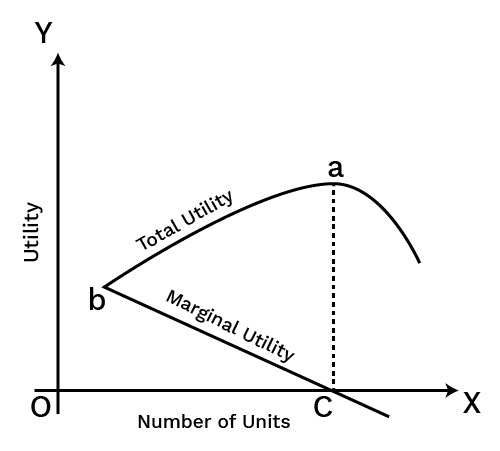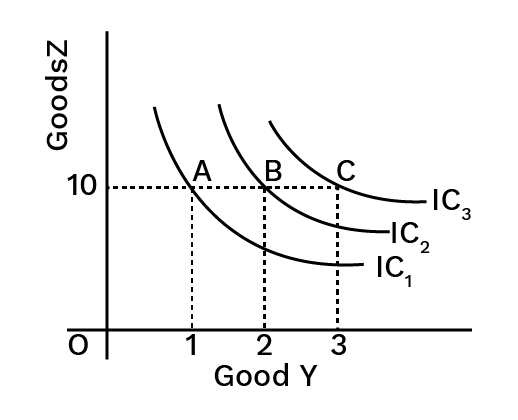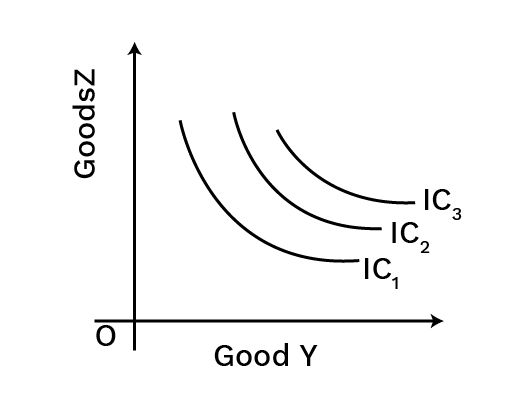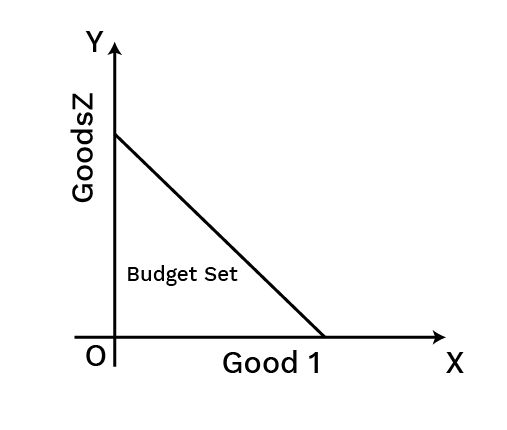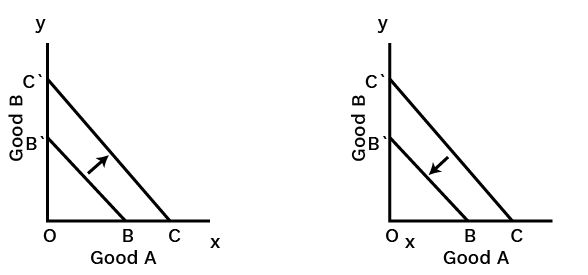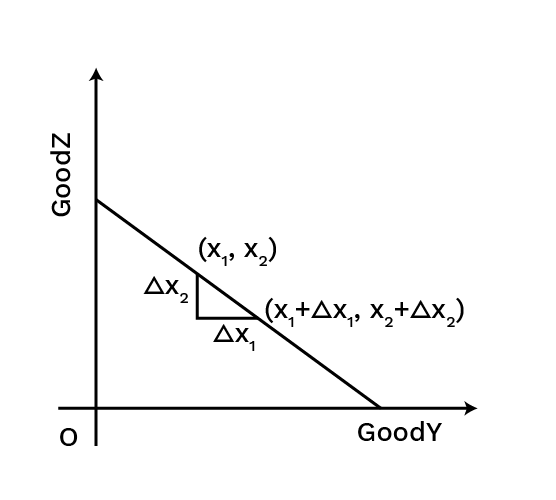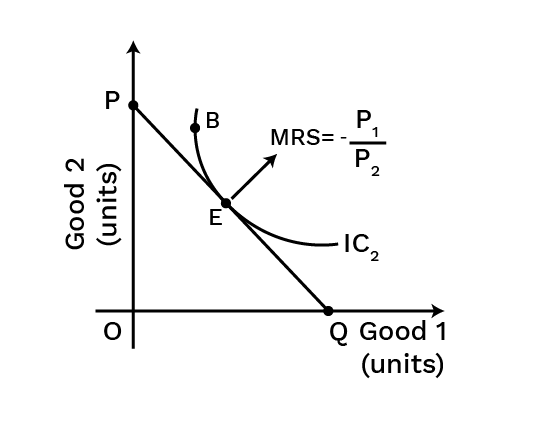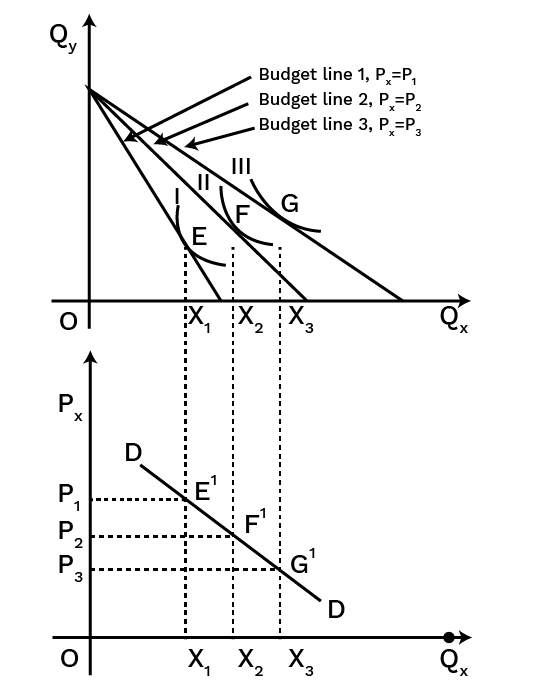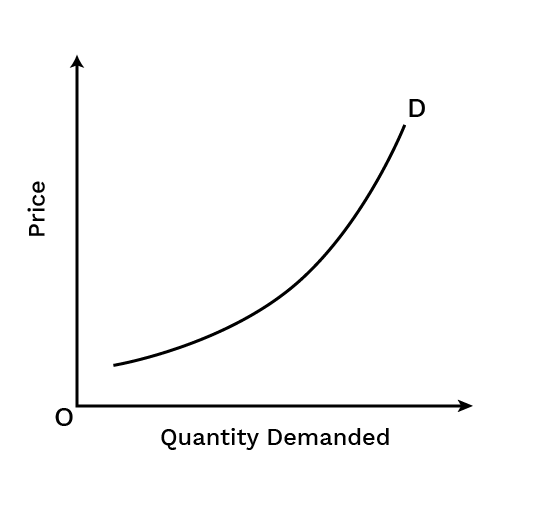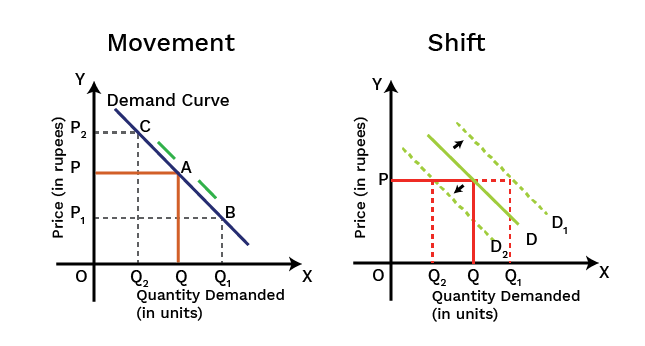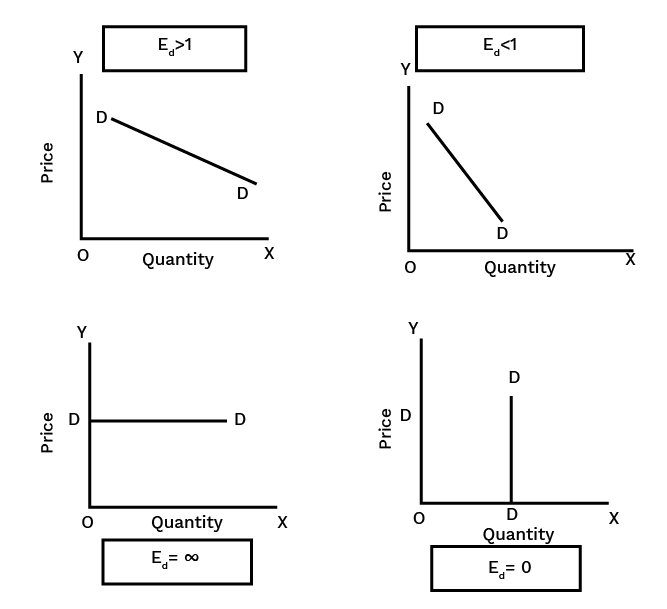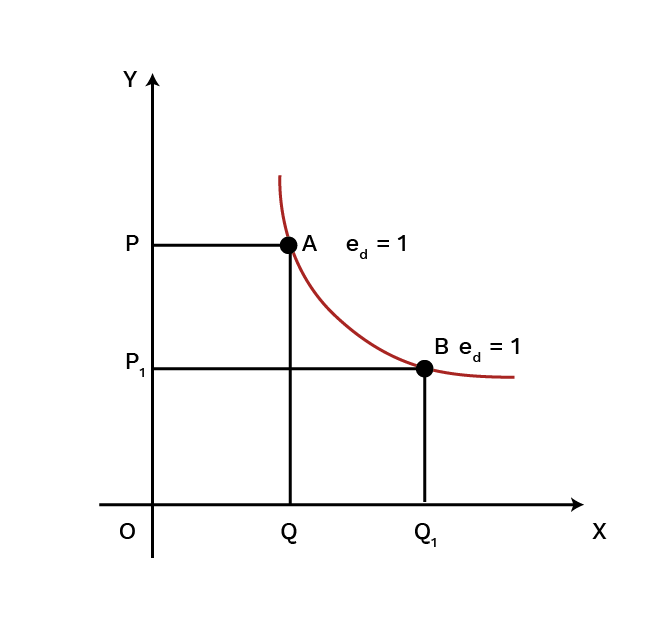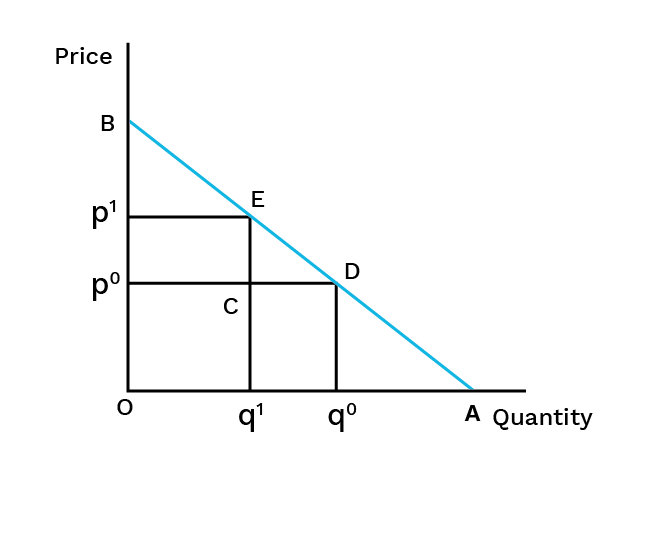Class 12 Microeconomics Chapter 2 Notes PDF on Theory of Consumer Behaviour - Download for FREE
FAQs on Theory of Consumer Behaviour Class 12 Notes: CBSE Microeconomics Chapter 2
1. What is the Meaning of the Marginal Rate of Substitution in Class 12 Microeconomics Chapter 2 Notes PDF?
The marginal rate of substitution or MRS is the rate at which the consumer is ready to substitute one good to get one more unit of the other good. This is calculated as the slope of an indifference curve.
2. What is the Indifference Curve in theory of consumer behaviour class 12 notes?
The indifference curve is a simple curve that shows the different combinations of two goods. Each of the combinations will offer the sale satisfaction level to the consumer.
3. What are the Characteristics of the Indifference Curve?
The indifference curve is sloped negatively. These are convex at its point of origin. This happens because of the marginal rate of substitution that gets diminished. The indifference curve will neither touch nor will they intersect each other. Two points of the indifference curve do not give the same satisfaction level. When the indifference curve is high it shows a high satisfaction level.
4. What are the theories of consumer behaviour according to the theory of consumer behaviour class 12 notes PDF?
Consumer behaviour theory is the study of how individuals make purchasing choices, intending to assist companies and markets in capitalising on these behaviours by forecasting how and when a customer will buy. From the late 1960s onward, Martin Fishbein and Icek Ajzen developed the Theory of Reasoned Action as one such theory. Consumption is founded on the purpose to generate or obtain an outcome, according to the theory's basic proposition. This is a brief description of the theory.
5. How can I download Solutions of Class 12 Micro Economics Chapter 2?
The solutions are easily available on the Vedantu site.
Visit the page of NCERT Solutions for Class 12 Microeconomics Chapter 12.
The webpage with Vedantu’s solutions for Class 12 Micro Economics Chapter 2 will open.
To download the PDF, click on the Download PDF button and you can view the solutions offline.
Feel free to check out other solutions and modules on the Vedantu.
6. Which theory of consumer behaviour is based on the concept of utility?
According to Cardinal Utility Analysis, which dates back to the 17th century, customer desire for a product may be explained and the demand law can be deduced, which states that there is a negative connection between price and quantity demanded. For the utility theory to work, it must be assumed that people are rational beings. In economics, rationality has a different connotation than it does in everyday speech. In economics, a person is "rational" if they make decisions that maximise utility. For study material related to Microeconomics Class 12 Chapter 2 students can visit the vedantu app.
7. What does consumer behaviour mean in marketing?
Often referred to as consumer purchasing behaviour, consumer behaviour consists of all of the factors that influence a consumer's product search, selection, and purchase. We can also use the phrase to refer to the acquisition of services. Consumer behaviour’s post-purchase stage has also been included here. Marketers must understand consumer purchasing behaviour for their products to succeed. Marketers must understand what motivates a consumer to buy a certain product and what prevents him from doing so. To revise these concepts, download the NCERT notes for Class 12 Microeconomics FREE of cost from the Vedantu website (vedantu.com).
8. What does economics mean?
It's a social science that studies how commodities and services are produced, distributed, consumed, and traded. The decisions made by private citizens, corporations, governments and nations are observed when allocating resources. It is possible to define economics in a variety of ways. In other words, it's the study of scarcity, the study of how people utilise resources and respond to incentives or the study of decision making. Although wealth and finance are frequently discussed in the book, it isn't all about money.
9. What is consumer equilibrium in Micro Economics Chapter 2 Theory of Consumer Behaviour Class 12 Notes?
Consumer equilibrium is achieved when a consumer allocates their budget in a way that maximises their total utility, meaning they get the most satisfaction from their spending.
10. According to Theory of Consumer Behaviour Class 12 Notes PDF how do indifference curves help in understanding consumer choices?
Indifference curves represent different combinations of goods that give a consumer the same level of satisfaction. They help in understanding consumer preferences and how consumers choose between different combinations of goods.
11. What is a budget constraint in Class 12 Microeconomics Chapter 2 Notes PDF?
A budget constraint shows the combinations of goods and services a consumer can afford given their income and the prices of those goods. It helps in determining what consumers can buy within their budget.
12. What is the utility of Class 12 Microeconomics Chapter 2 Notes PDF?
Utility refers to the satisfaction or benefit a consumer gets from consuming a good or service. There are different types, like total utility (overall satisfaction) and marginal utility (satisfaction from one additional unit).























